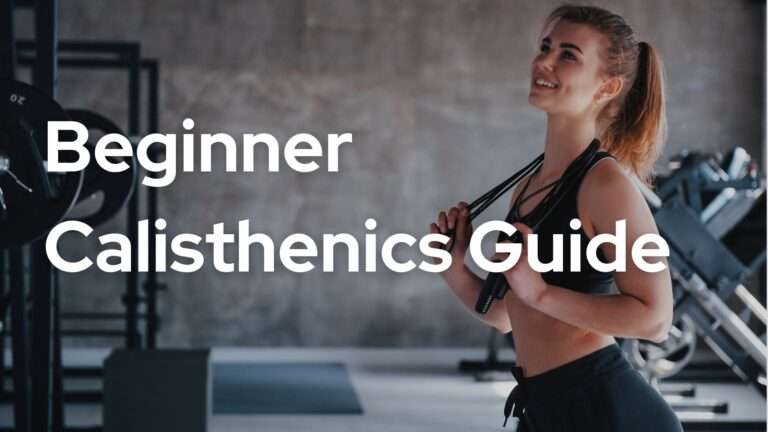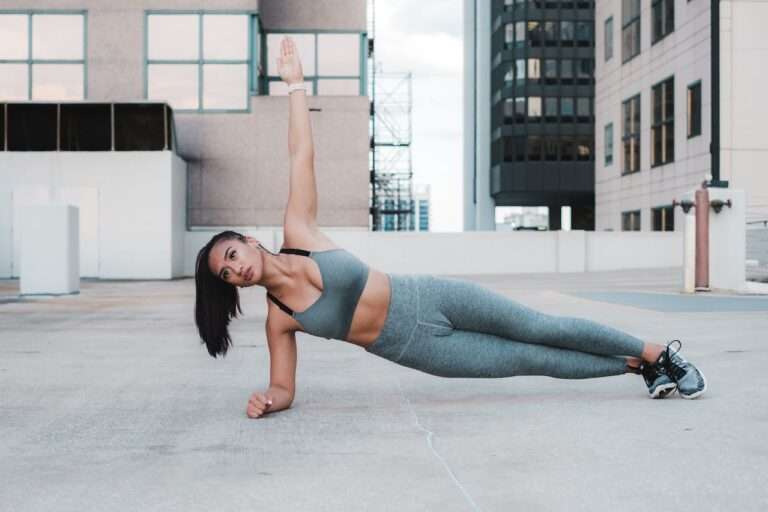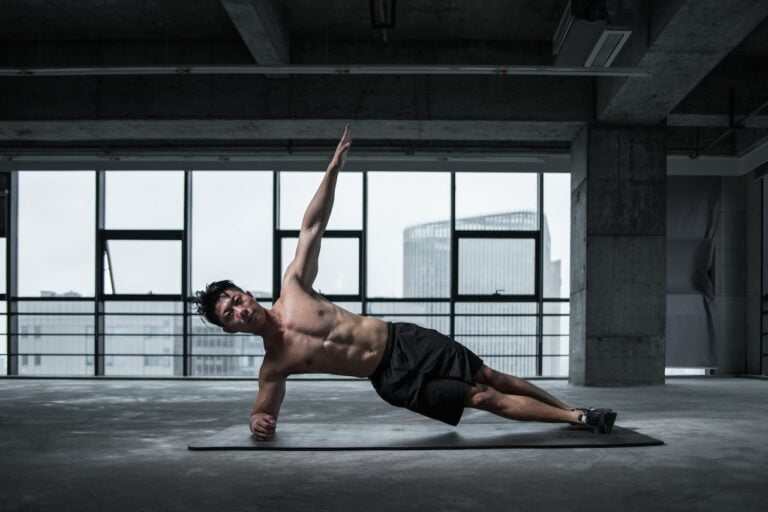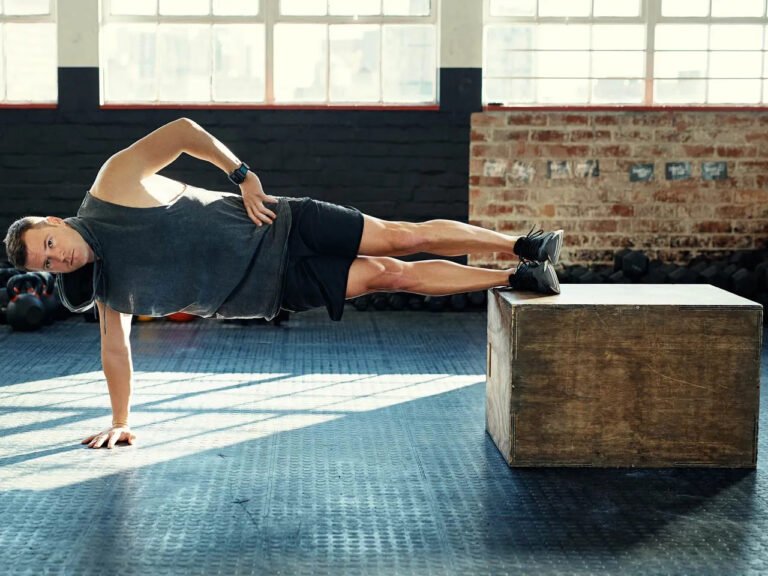How To Do a Sissy Squat
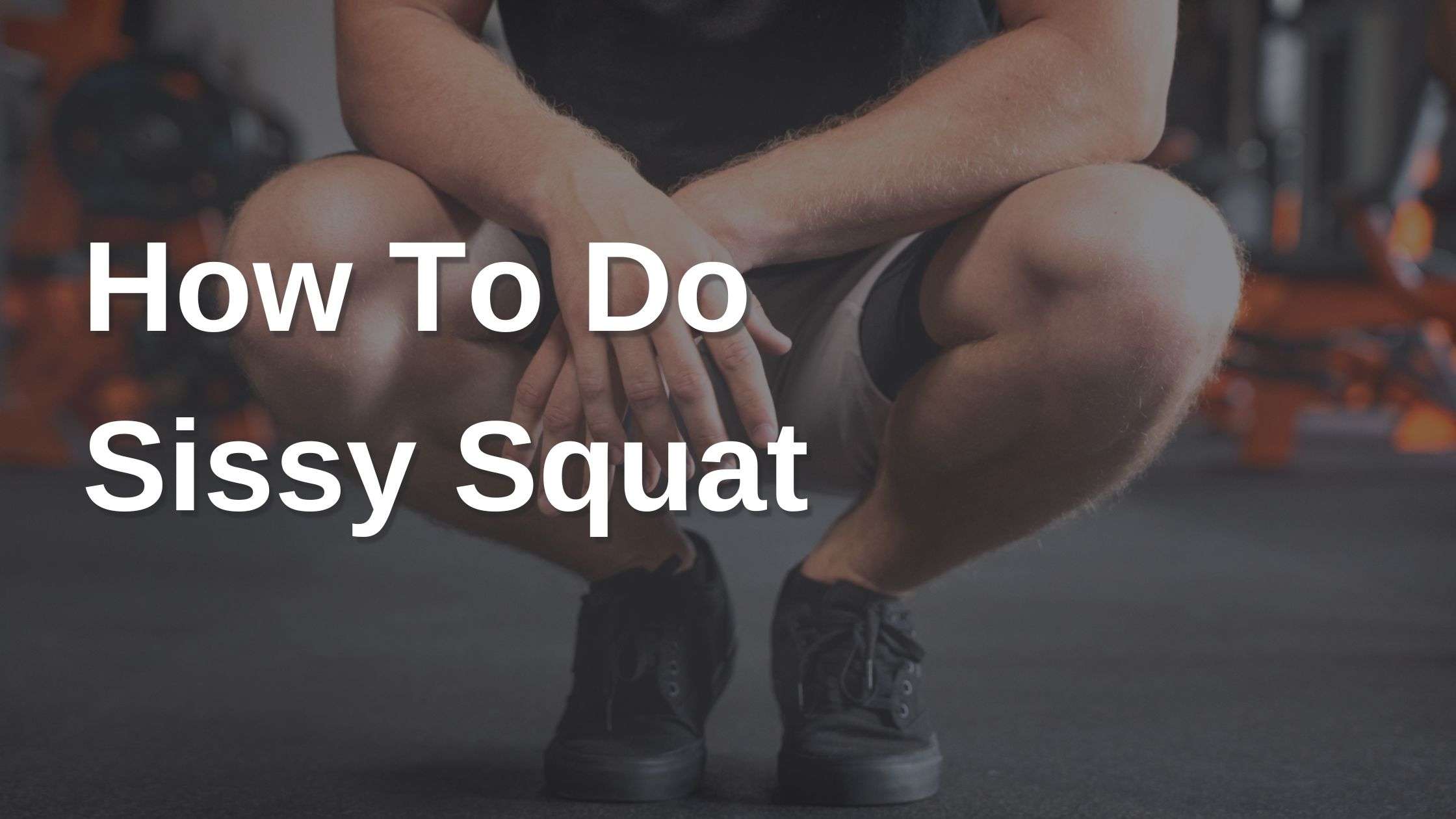
If you are bored of doing regular bodyweight exercises and want to include a new exercise in your leg workout routine, then the Sissy Squat is for you.
The sissy squat is a advanced bodyweight exercise that targets the quadriceps. It’s performed by standing upright, bending the knees, and leaning backward while keeping the heels lifted off the ground.
This exercise requires balance and focuses on the engagement of the quadriceps muscles. It’s important to maintain proper form to avoid injury and to get the most benefit from the exercise.
Here’s a quick guide on how to perform a sissy squat:
Proper sissy squat form
Sissy squat is an advanced leg exercise, before doing it you must have sufficient muscle strength. You can follow beginner leg workout to increase the strength of your legs. Also check out how pistol squat can boost your leg strength.
In order to maximize the benefits and minimize the risk of injury while performing sissy squats, it is important to ensure that you have the proper form. Here are some tips to help you achieve the correct form:
- To start, place your feet shoulder-width apart and point your toes forward.
- To balance, extend your arms straight in front of you.
- Bend your knees and lower your body toward the ground. Your heels should come off the ground, and you’ll be on your toes.
- Go down as far as you comfortably can without straining your knee or losing your balance.
- Slowly return to the starting position by pushing through your toes and straightening your knees.
- Perform the sissy squat for the desired number of repetitions.
Remember to always listen to your body and stop if you experience any pain or discomfort. It’s better to start with a few reps and gradually increase as your strength and flexibility improve.
Sissy squat variations
Once you have mastered the basic sissy squat, you can explore different variations to add variety to your workout routine.
Here are a few popular sissy squat variations:
Single-Leg Sissy Squat:
This is crazy movement. Don’t try if your are not experienced. Lift your leg off the ground and keep it elevated throughout the movement. This variation increases the challenge on your balancing leg and targets your glutes and quads even more.
Weighted Sissy Squat:
You can hold weight in order to increase difficulty. you might need a sissy squat machine for this. Hold a dumbbell or a kettlebell close to your chest while performing sissy squats. This adds resistance and helps increase muscle strength and size.
Wide Stance Sissy Squat:
Position your feet wider than shoulder-width apart and turn your toes slightly outwards. This variation targets your glutes and inner thighs more.
Elevated Heel Sissy Squat:
Place a small weight plate or a wedge under your heels to elevate them. This variation shifts the focus to your quads and calf muscles.
Benefits of sissy squats
As any other exercise this exercises also have its benefits. As you get know that this is harder variation of bodyweight exercise for leg, it build more strength to your legs. Sissy squats offer a multitude of benefits for your lower body muscles and overall fitness.
Here are some of the key benefits:
Quadriceps Development:
Sissy squats primarily target your quadriceps, helping to strengthen and develop these large muscles in the front of your thighs. By incorporating sissy squats into your workout routine, you can achieve well-rounded leg development.
Glute Activation:
Along with your quadriceps, sissy squats also engage your glute muscles, which are important for overall lower body strength and aesthetics. Regularly performing sissy squats can help you build and tone your glute muscles.
Improved Stability and Balance:
Sissy squats require a great deal of stability and balance, especially when performing single-leg variations. By regularly practicing sissy squats, you can improve your stability and balance, which can have a positive impact on your other exercises and everyday activities.
Increased Joint Flexibility:
Sissy squats require a good range of motion in your ankles and knees. By performing sissy squats regularly, you can improve the flexibility of these joints, which is important for reducing the risk of injuries and improving overall movement quality.
Functional Strength:
Sissy squats mimic the movement patterns of various daily activities and sports, making them a great exercise for building functional strength. By incorporating sissy squats into your training routine, you can develop strength that directly translates to improved performance in other activities.
Time Efficiency:
Sissy squats are a compound exercise that targets multiple muscle groups simultaneously. This means you can get a comprehensive lower body workout in less time compared to targeting each muscle individually.
Are sissy squats good?
Sissy squats can be an excellent addition to your lower body workout routine, but their effectiveness ultimately depends on your individual goals and preferences. Here are a few factors to consider when determining if sissy squats are right for you:
Fitness Goals:
If your goal is to build strength and muscle in your quadriceps and glutes, sissy squats can be a highly effective exercise. However, if your goals primarily involve other muscle groups, such as your hamstrings or calves, you may need to incorporate additional exercises into your routine.
Fitness Level:
Sissy squats can be quite challenging, especially if you are new to strength training or have limited lower body strength. It’s important to start with the proper form and gradually increase the difficulty as you become more comfortable and stronger.
Joint Health:
Sissy squats place a significant amount of stress on your knees and ankles. If you have any pre-existing joint issues or are prone to injuries in these areas, it’s important to consult with a healthcare professional before incorporating sissy squats into your routine.
Exercise Variety:
While sissy squats offer numerous benefits, it’s important to have a balanced workout routine that targets all major muscle groups. Incorporating a variety of exercises, including compound movements and isolation exercises, can help you achieve a well-rounded lower body workout.
Sissy squat alternative
If you are unable to perform sissy squats due to physical limitations or lack of equipment, there are alternative exercises that can target similar muscle groups.
Here are a few sissy squat alternatives:
Leg Press:
The leg press machine allows you to target your quadriceps and glutes in a seated position. You can adjust the weight and foot position to suit your individual needs.
Lunges:
Lunges are a versatile exercise that can be performed with or without weights. They target your quadriceps, glutes, and hamstrings while also engaging your core for stability.
Step-Ups:
Step-ups involve stepping onto a raised platform or bench with one leg at a time. This exercise targets your quadriceps, glutes, and hamstrings while also improving balance and coordination.
Split Squats:
Split squats are similar to lunges but with a narrower stance. They target your quadriceps, glutes, and hamstrings while also improving hip stability.
Sissy squat muscles worked
Sissy squats primarily target the quadriceps, which are the large muscles at the front of your thighs. They also engage the gluteus maximus (glute), the largest muscle in your buttocks. Additionally, sissy squats work the calf muscles, specifically the gastrocnemius and soleus, due to the plantar flexion movement.
Weighted sissy squat
We have already talked about it in this article, let’s talk a little more. If you want to increase the intensity of your sissy squat workout, you can incorporate weights. Here’s how to perform a weighted sissy squat:
- Start by holding a dumbbell or a kettlebell close to your chest with both hands.
- Assume the proper sissy squat form as described earlier.
- While keeping your back straight and core engaged, lower your body down by bending your knee and pushing your hips back.
- Lower yourself as far as you comfortably can, and then push through your heels to return to the starting position.
- Repeat for the desired number of repetitions.
Remember to start with a weight that challenges you but still allows you to maintain proper form. Gradually increase the weight as you get stronger and more confident in your ability to perform the exercise correctly.
Conclusion
Finally, developing your sissy squat can lead to lots of advantages for the development of your lower body. This exercise can completely change your leg day routine, whether you decide to use bodyweight sissy squats, explore the benefits of a sissy squat machine, or add intensity with weighted sissy squats.
For a well-rounded lower body training program, focus perfect form above all else, increase the effort gradually, and mix up your workouts with sissy squat alternatives. You may master the sissy squat and get the muscular, powerful legs you’ve always wanted with commitment and regular practice.


